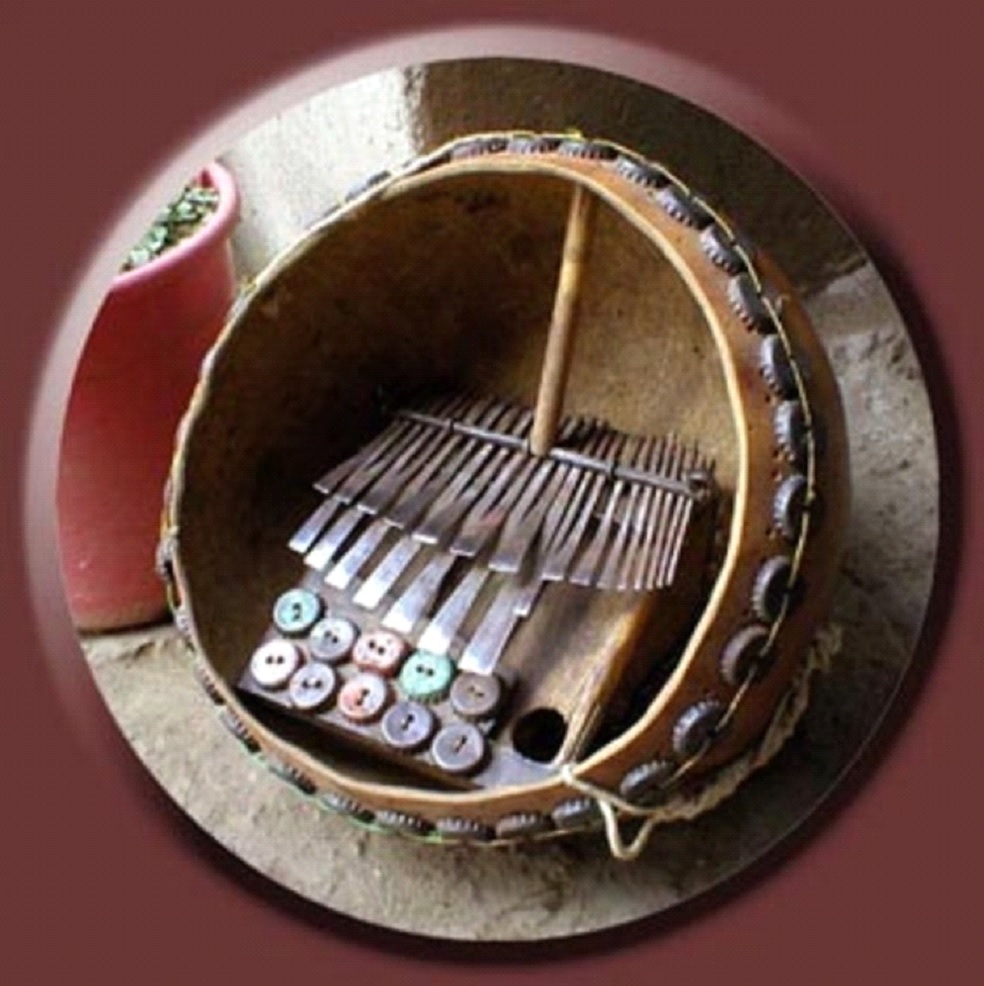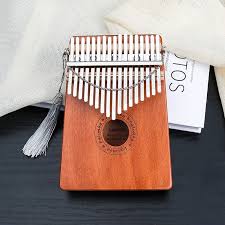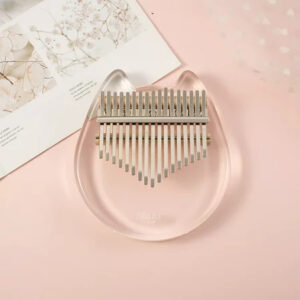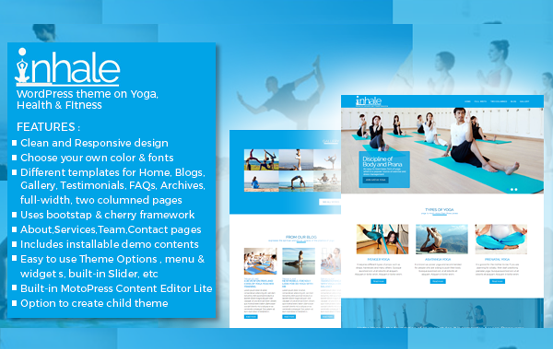All you need to know about Kalimba
music

History: what is Mbira?
Mbira is a traditional instrument of the Shona people who have lived in Zimbabwe, Africa from ancient times.
Made of flat keys beaten from iron bars with a hammer, it is attached to a board of wood with either bolts or a wire. The keys are played with the thumb as well as the forefinger of the right hand. The mbira is played by both hands at the same time.
Since ancient times, mbira has been considered a spiritual music often used for spiritual ceremonies and sacred rites. This tradition still exists in the present age, where even today mbira players are called upon for wedding ceremonies, funerals or harvest festivals.
Outside of Africa, musical instruments with a similar shape are generally referred to as the "thumb piano" or "kalimba". In Africa, however, these instruments are named according to the region and country from which they come. For instance, there is a musical instrument of the same style “kalimba” in Tanzania, “Sanza” in Central African Republic and the Congo, and the “mbira” (mbira dzavadzimu) in Zimbabwe.
Kalimba belong to the Lamellaphone family of instruments.The Lamellaphone makes its sound by a thin vibrating metal plate called a ‘tine’ in the case of the Kalimba, which is fixed at one end and has the other end free, the length of which determines the pitch or note.They are played by pressing down the tine and then releasing in sharp motion, which vibrates the tine and produces the sound.
A modern interpretation of the instrument, the kalimba, was commercially produced and exported by ethnomusicologist Hugh Tracey in the late 1950s, popularising similar instruments outside of Africa. Tracey's design was modeled after the mbira nyunga nyunga and named "Kalimba'' after an ancient predecessor of the mbira family of instruments. The kalimba is basically a westernized younger version of mbira. It was popularized in the 1960s and early 1970s largely due to the successes of such musicians as Maurice White of the band Earth, Wind and Fire and Thomas Mapfumo in the 1970s.
Types of Kalimba:
Kalimbas typically comes in two different forms: box-shaped ones with soundholes or flat boards without soundholes.


8keys / 10keys kalimba : It is good for beginners to get a feel of how kalimba sounds likes. It is small enough to be carried around. 10 keys can be used to play songs within one octave.
17keys Kalimba: Best kalimbas for beginner-to-mid level.17 keys are used for a general pitch of all levels - one can play most of the popular songs.
21keys Kalimba: It has a wider range of scales to be played so it is more suitable for complex song notes.
24/32/34 keys Kalimba: These are for more advanced levels. Due to the demand, it is harder to acquire in the market.
Related Articles
Related
Themes or Templates collection
Explore Now!

